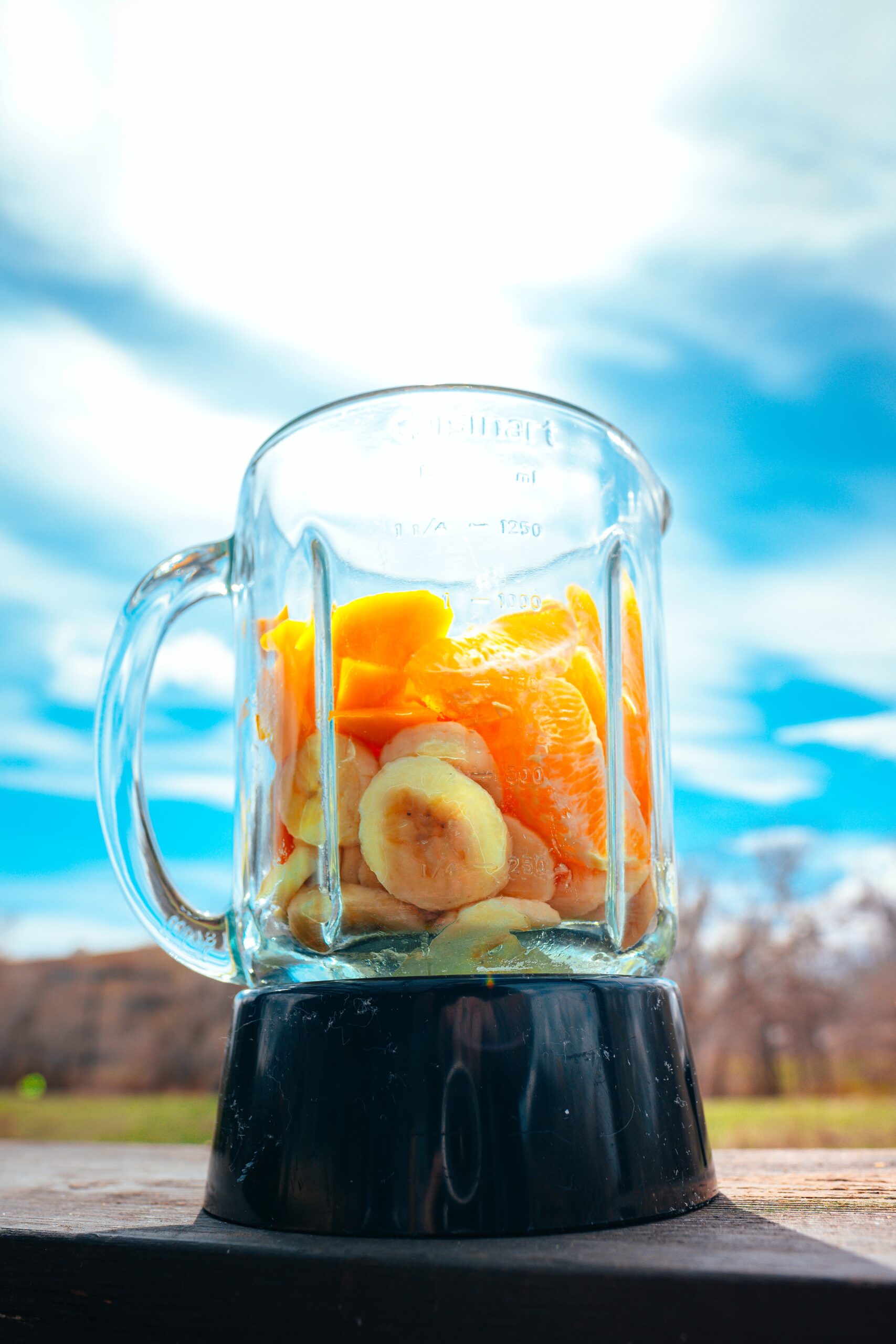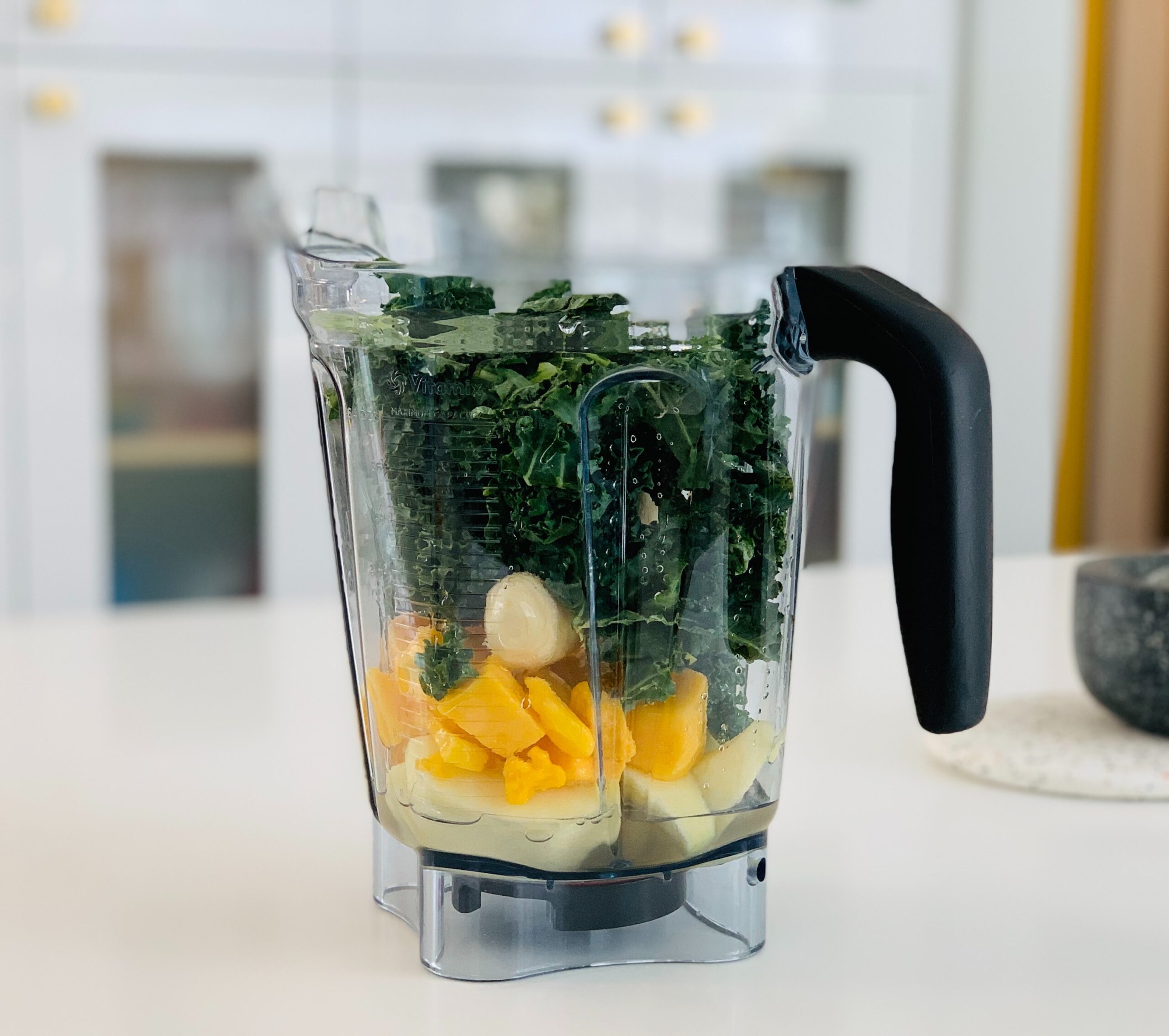Smoothies are a great way to get your fruits and veggies. If you’re not a regular smoothie drinker, or if you feel like it’s time to get back into the habit again, read on for some tips about how you can start making smoothies at home. Even if you don’t think of yourself as much of a cook, blending up your smoothies is an easy way to sneak more healthy fruits and vegetables into your diet without spending much time or money. This article will show you how to make smoothies at home. It details different types of smoothie makers, the pros and cons of each one, and some helpful suggestions for choosing the best kind of smoothie maker for your needs. Moreover, this article offers many practical tips about how you can get started making smoothies at home safely and effectively.
What is a Smoothie Maker?
A smoothie maker is a kitchen appliance that purees and blends ingredients like fruits and vegetables into a smooth, drinkable consistency. Smoothie makers can be handheld or countertop models. If you’re looking to buy a smoothie maker, you’ll want to decide whether you want a countertop model or a handheld version. Countertop smoothie makers often feature a larger blending jar that can hold up to one litre of blended ingredients. Handheld smoothie makers are smaller and can fit into a cup or travel mug. These smoothie makers require you to blend the ingredients in the cup or travel mug you’ll be drinking from.
Types of Smoothie Makers
There are many different types of smoothie makers. Some of the most common are:
- Blenders – Many people who don’t own a smoothie maker think a blender can be used instead. While a blender can be used for some smoothie-making tasks, it won’t do an excellent job breaking down fibrous vegetables like beets or carrots. Blenders are best at making soups, smoothies, sauces, and other blended dishes. If you plan on making smoothies with a blender, you’ll need to carefully chop up your ingredients before putting them in the blender. Blenders are an excellent choice for occasional smoothie-making. They’re inexpensive, easy to use, and versatile.
- Immersion blenders are handheld devices that blend smoothies right into the cup or travel mug you’ll be drinking from. Immersion blenders are convenient and easy to use, but they can’t do as thorough a job as a countertop blender. Immersion blenders are best for making one or two smoothies. They can’t handle large volumes of ingredients.
- Countertop blenders – Countertop blenders are bigger and sturdier than immersion blenders. Countertop blenders can hold more ingredients and blend them more thoroughly, which makes them better for larger batches of smoothies. Countertop blenders are best for making multiple smoothies at a time. They can handle the volume of ingredients you’ll need if you’re planning on making smoothies for your entire family.
- Handheld mixers – Handheld mixers are small, handheld appliances designed for mixing up small batches of ingredients (about a cup or less). Handheld mixers are convenient for making small batches of smoothies or mixing small quantities of dough for baked goods. Handheld mixers are best for occasional smoothie-making. They’re not designed for large sets of smoothies and could break under the strain of continuous heavy use.
Vitamix Blenders on Amazon
Making Smoothies at Home
Before making smoothies, you’ll want to do some prep work. This will help make the process go more smoothly and ensure that you have everything you need to make your smoothie:
- Make sure you have all your ingredients. You can use almost any type of fruit or vegetable in a smoothie, so choose whichever ones you like.
- Decide how much of each ingredient you’d like to use. Using at least two to three cups of fruits or vegetables in each smoothie is best. Blending the correct number of components is essential because it ensures that your smoothie is the right consistency and texture.
- Choose a smoothie container.
There are lots of different smoothie containers on the market, including travel mugs with built-in blenders, various types of cups, and other bottles for making smoothies on the run. If you don’t have a container, you can blend the ingredients in the blender jar.
Tip 1: Buy Good, Frozen Fruits and Vegetables to Improve Your Diet
Frozen fruit and vegetables are great for smoothie-making. They’re usually cheaper than fresh fruits, and they’re often flash-frozen just after being harvested, which preserves specific vitamins and minerals lost during long-term fresh fruit storage. Frozen fruits are usually picked unripe and ripened later, which results in higher sugar content and sweeter-tasting fruit. Frozen vegetables often contain more vitamins and minerals than fresh vegetables since they’re usually frozen immediately after being harvested and don’t sit in storage for as long. If you’re planning on making smoothies with fresh fruits and veggies, you should plan to buy them a few hours before you want to make your smoothie. This will give them enough time to ripen and develop the flavour and texture that you’re looking for. For example, fruit like mangoes and bananas can easily sit on your kitchen benchtop for a couple of days until they reach perfection. That beautiful golden glow and sweet aromas will let you know when they’re ready to blend.
Tip 2: Use Frozen Berries as Your Base
Frozen blueberries or strawberries are one of the best fruits to use as a base in a smoothie. These fruits have a high sugar content, which makes them ideal for adding sweetness to a smoothie without adding extra sugar. Frozen berries are also easy to work with, and they blend into a smooth, consistent texture that’s great for smoothies. If you want to add more vitamins and minerals to your smoothie, you can use frozen vegetables or frozen greens as your base instead. Frozen vegetables are flash-frozen shortly after being harvested, resulting in higher levels of vitamins than fresh vegetables. Frozen greens can be incredibly high in vitamins. Frozen greens are easy to use. Thaw them out and blend them into your smoothie like frozen berries.

Tip 3: Add Some Healthy Proteins
Many people add protein powders to their smoothies. Protein powders are an easy way to get more protein into your diet. You can use any protein powder in a smoothie. Whey protein powders are popular, but you can also use vegan powders if you’re vegan or lactose intolerant. If you don’t have protein powder on hand but would still like to add more protein to your smoothie, try adding milk, yoghurt, or nut butter. These ingredients also add flavour and texture to a smoothie and are a great way to increase your protein intake without using protein powders.
Tip 4: Mix in Some Veggies
Many vegetarians and vegans are hesitant to add protein powders or other supplements to their smoothies, and some people don’t like the taste of certain protein powders. If you fall into either of these categories, adding more veggies to your smoothie is an easy way to get more vitamins and minerals into your diet. Vegetables like spinach, beets, carrots, and other root vegetables blend into a smooth texture that works well in a smoothie. If you’re worried about your smoothie tasting too earthy, try adding sweet fruits like bananas or strawberries to temper the flavour.
Tip 5: Experiment With Other Ingredients
You can experiment with using other ingredients in your smoothies as well. If you have specific dietary restrictions, you can use elements like flaxseeds, chia seeds, or hemp seeds to boost your intake of essential nutrients like omega-3 fatty acids. Other ingredients you can try include nut butter, peanut butter, avocado, and coconut milk. There are lots of different ingredients you can use in a smoothie.
Conclusion:
Now that you know how to make the perfect home smoothies, you can try them. It’s easy. It’s also an ideal way to get kids involved in the process. They love blending stuff up! They can pick their favourite fruits or vegetables and experiment with different combinations. Kids who eat a varied diet are more likely to grow up healthy, so smoothies are an excellent option for those fussy eaters in your family.
Remember to experiment and have fun!
Learn about Coconut Yogurt Nutrition Facts You Need To Know


